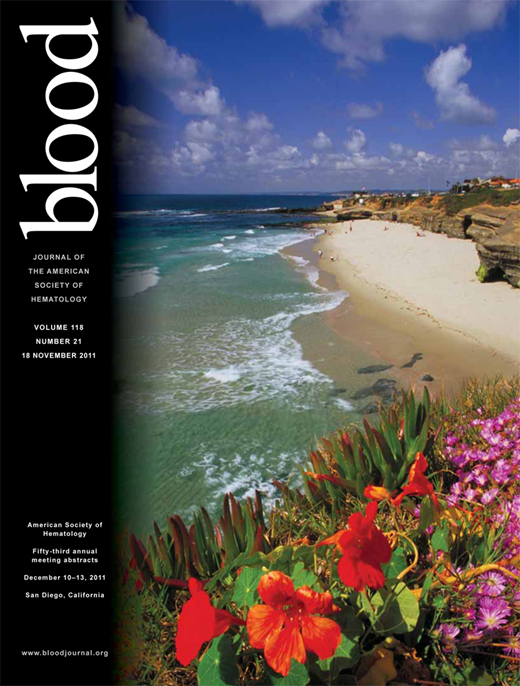Abstract
We have previously described the generation of a self-inactivating (SIN) lentiviral vector producer cell line that produces high titer supernatant for treatment of X-linked severe combined immunodeficiency (SCID-X1) (Throm R.E. et al Blood 2009). This system uses doxycycline withdrawal to induce production of a VSV-G pseudotyped SIN lentivector encoding a codon-optimized γc cDNA driven by an internal EF1α promoter and containing a 400 bp chicken HS4 insulator in the SIN LTR (CL20i4-EF1α-hγc-OPT). This vector was effective in correcting the SCID-X1 defect in mouse and human cells and does not cause enhancer mediated gene activation in a Jurkat based assay, immortalization in vitro, or oncogenesis in vivo (Zhou S. et al Blood 2010). Cells from our certified master cell bank were expanded and used to seed a 25 liter WAVE bioreactor. Supernatant was harvested daily for a total volume of 150 liters and purified with a Mustang Q XT cartridge anion exchange column followed by concentration and diafiltration against PBS using tangiential flow filtratration to a final volume of 500ml. This material demonstrated a final titer of 4.5 × 108 tu/ml on ED7R cells with a 29.6% tu yield and has successfully completed QC testing. Human CD34+ mobilized peripheral blood cells derived from healthy donors were transduced under GMP conditions in our Human Applications Laboratory in retronectin coated closed AFC Vuelife bags using 1.35 ×108 tu/ml of vector with 1 × 106 cells/ml for 24 hours following a 16 hour prestimulation in X-Vivo 10 media supplemented with 100 ng/ml of TPO,SCF, and Flt3-L with 4 ug/ml protamine sulfate. A transduction efficiency of 10–21% was observed in CFU derived from graft material treated with this vector preparation. Cell product from the bag transductions was transplanted into eight busulfan conditioned NOD/SCID/γc (NSG) mice at 1x 106 cells per mouse, of which all survived and were included in subsequent analysis. A mean of 14.5% human CD45+ engraftment (range 3.5–26.9%) compared to 9% for mock treated cell product (range 5.7–13.1%) was observed in bone marrow harvested after 12 weeks from treated mice, demonstrating no loss of viability or engraftment from vector treatment. A mean of 0.16 vector genomes/human genome (range 0.8–0.22) by real time quantitative PCR (RTQ-PCR) was observed in the human CD45+ cells sorted by FACS. A mean of 19% vector positive colonies by PCR (range 5–33%) with pooled colony genomic DNA showing a mean of 0.13 vector genomes/human genome (range 0.1–0.22) by RTQ-PCR was observed in CD45 sorted cells plated in methycellulose for CFU assay. Mean vector copy number as assessed by RTQ-PCR from lysates of known vector positive colonies was 2.89 vector copies per human genome (range 0.66–4.41). Vector treated human CD45+ sorted bone marrow clonal diversity was assayed using LAM-PCR with three different restriction enzymes per sample (Tsp509I, CviAII, CviQI). We sequenced the LAM-PCR products using a novel Illumina based deep sequencing assay. We chose to develop the Illumina platform rather than a 454 based platform to capitalize on the improved cost and increased number of sequence reads per run. Using this methodology, we identified 266,580 informative reads mapping to 1,437 unique vector insertion sites in 3 of the treated mice. Vector insertions into LMO2, MDS/EVI1, CCND2, BMI1, PRDM16, or HMG2A were not seen. Analysis of cells sorted for human CD19 or CD33 resulted in the identification of clones derived from both myeloid and lymphoid compartments providing molecular evidence of the transduction of human multipotent repopulating cells. The FDA has approved our IND application to use this vector product in two clinical trials for SCID-X1 which we plan to open for patient enrollment in the fall of 2011.
No relevant conflicts of interest to declare.

This icon denotes a clinically relevant abstract
Author notes
Asterisk with author names denotes non-ASH members.

